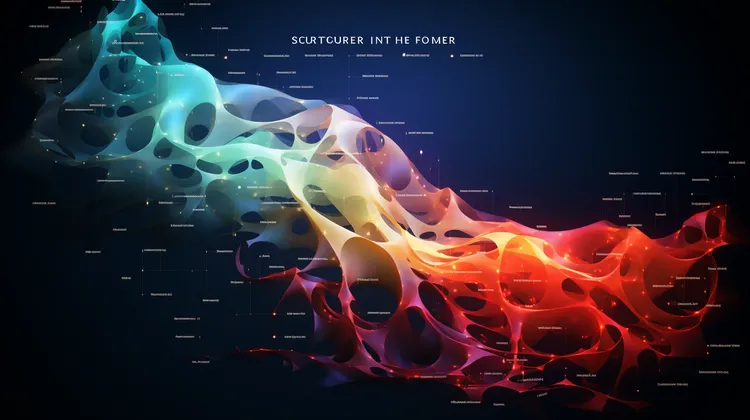The non-fungible token (NFT) marketplace has witnessed a significant shift in dynamics as the newer platform, Blur, carves out a dominant position, controlling an impressive 80% of the market share. This comes at the expense of OpenSea, the once-uncontested leader in the space, which has seen a considerable retreat in terms of user engagement and sales volume. Through a combination of strategic moves and the evolution of the NFT landscape, Blur has disrupted the status quo, capturing the attention of digital collectors and creators alike.
Data collected from various blockchain analytics platforms indicate that Blur’s ascendancy is not just a momentary surge but a robust trend. The platform’s aggressive marketing tactics, appealing feature set, and a user-centric approach seem to have paid dividends. One of the key differentiators is Blur’s marketplace design, where high-speed trading and advanced tools cater to professional traders and power users. This emphasis on facilitating a seamless trading experience for heavy users has allowed Blur to siphon a large portion of this lucrative demographic away from OpenSea.
Interestingly, another factor that has contributed to Blur’s rise is the introduction of innovative incentives aimed at rewarding its user base. These include token airdrops, lower transaction fees, and loyalty programs that have evidently resonated well with the community. The result is a virtuous cycle where increased liquidity and user activity beget even more of the same, thus propelling Blur to the foreground of the NFT space.
OpenSea, on the other hand, appears to have been caught flat-footed by Blur’s rapid ascent. Despite implementing numerous updates and trying to create a more dynamic ecosystem, the incumbent has struggled to maintain its former glory. Analysts have pointed to possible complacency and failure to innovate at a pace necessary to keep up with the changing desires and requirements of NFT enthusiasts.
The data also suggests that OpenSea’s retreat is partially influenced by the broader NFT market correction experienced throughout the industry. Following the explosive growth of NFTs in the early months of 2021, the market has undergone natural consolidation. While OpenSea has been negatively affected by this downturn, Blur has managed to find opportunity in adversity, showcasing impressive resilience by continuing to grow its user base and transaction volumes despite the unfavorable conditions.
Artists and creators are increasingly finding Blur’s platform to be a more attractive venue for dropping their collections. This can be attributed to various features such as efficient royalty payments, better discoverability of new art, and enhanced analytics for tracking sales. These tools empower creators with more control and insight into their work’s market performance, which has traditionally been a challenge in the NFT ecosystem.
The impact of this market share shift is profound for the future of NFTs and decentralized commerce. With Blur leading the charge, there’s an impending transformation in how these digital assets are traded and monetized. Blur’s dominance signals to other marketplace contenders the importance of relentless innovation and the adoption of a user-centric focus to remain relevant in this fast-paced market.
The data regarding the meteoric rise of Blur and the retreat of OpenSea is not just a story of competition and market forces; it’s also a testament to the underlying technology’s evolution. Blockchain and NFT technologies are maturing, and with that come changes in how platforms can create value for users. Blur, riding on the latest technological advancements, has made a compelling case for what the future of NFT marketplaces could look like.
While Blur currently commands a significant share of the NFT market, the space is known for its volatility and rapid change. OpenSea and other emerging platforms are not out of the race. They have the potential to adapt, innovate, and reclaim lost ground. As the space continues to evolve, it’s possible that new players could emerge, or existing ones could revitalize their strategies to meet the needs of a growing and increasingly sophisticated user base.
The shifting sands of NFT market share, with Blur’s ascendancy and OpenSea’s decline, underscore a broader narrative of change within the digital asset world. Users demand more, and platforms that can meet these demands through innovation, efficient service, and user-centric features will likely lead the pack. As the data suggests, Blur has set a new standard for NFT marketplaces, and its competitors will be hard-pressed to match or exceed it in creating the next wave of growth within this burgeoning industry.



